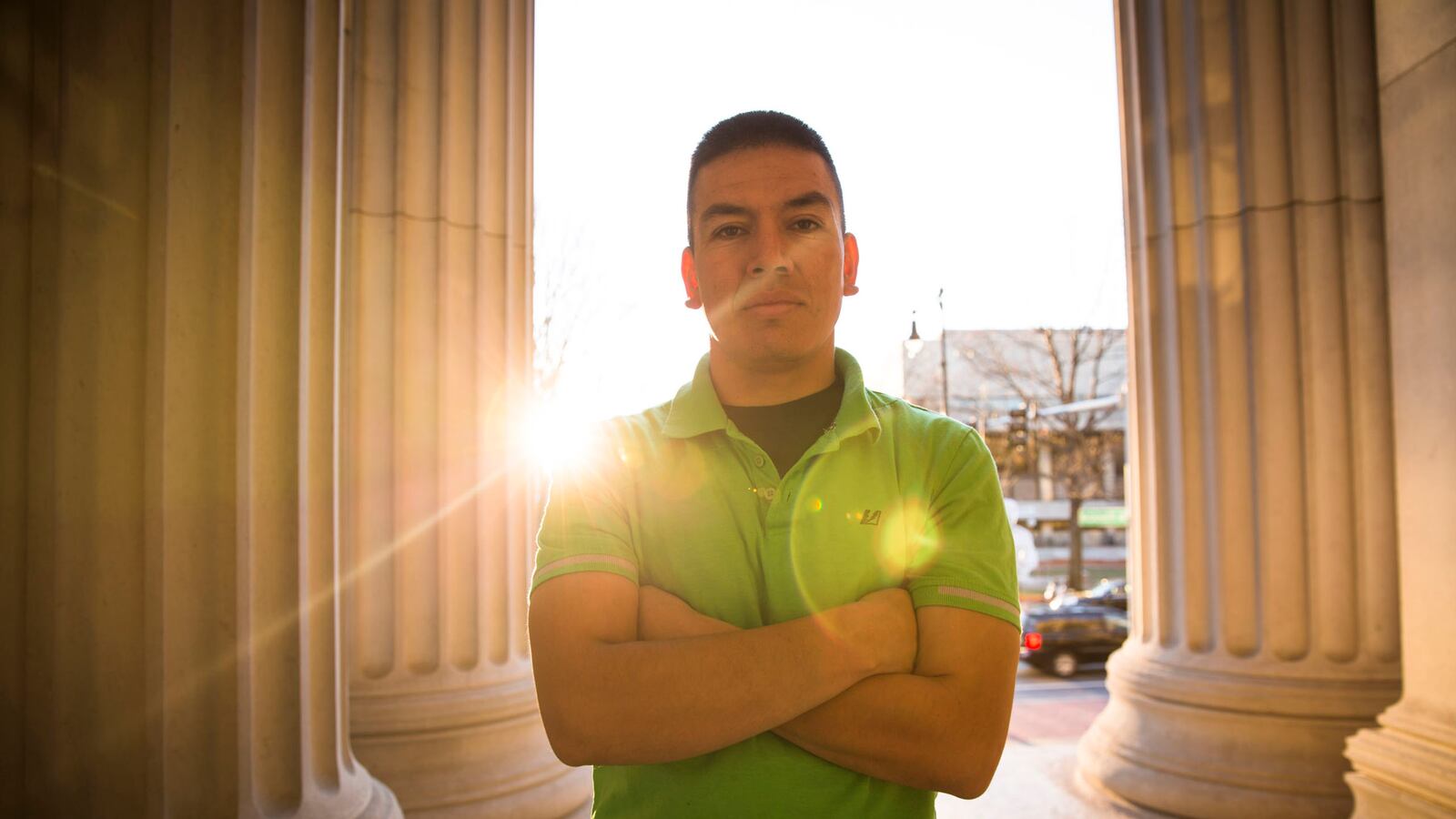The subtext of the tough talk about the tens of thousands of child refugees flowing up from Central America is that like Mexicans they will be a drag on the American economy—wards of the state who suck taxpayers dry.
Governments at all levels will face short-term costs, of course, but the economic fear of immigrants has never been warranted. Beyond the humanitarian imperative lies a stark historical truth: From Alexander Hamilton to Andy Grove to Elon Musk, new arrivals and their children—toughened by circumstance and self-selected for pluck—have give the United States the energy and drive that has made us great.
Most reasonable people get this. Bill Gates, Warren Buffett, and Sheldon Adelson (!) wrote an op-ed in The New York Times last Friday bemoaning the insanity of training immigrants at our best universities, then forcing them to go home. But in pushing for comprehensive immigration reform, the billionaires seemed most concerned about wealthier émigrés, whom they argued should be allowed to stay if they come with money.
Valid point, but it ignores the fact that poor, undocumented Hispanics—the ones most denigrated by Tea Party know-nothings—have much to offer, too, just as penniless immigrants (i.e. your ancestors) always have.
Those scraggly Latino kids on the corner you might think are thugs could be the next Steve Jobs or Mark Zuckerberg if given half a chance.
To understand why that's more than a platitude, check out Underwater Dreams, a seemingly modest human interest film that may be the most politically significant documentary since Waiting for Superman. (It opened in Los Angeles and New York on July 11 and can be seen on cable later this month).
The film tells the story of four undocumented Mexican teenagers who are members of a robotics club at Carl Hayden High School in the barrio of Phoenix; their parents speak no English, and their own horizons are limited.
With the help of dedicated teachers, they build an underwater robot and enter a grueling collegiate competition held at the University of California, Santa Barbara in 2004. The boys figure they might learn something from the older college-age engineers showing off their robots.
The Carl Hayden team— Christian Arcega, Lorenzo Santillan, Luis Aranda, and Oscar Vasquez—get off to a bad start when their robot, nicknamed “Stinky,” takes on water during a practice round on the first day. In one of the film’s many humorous moments, they buy a box of tampons that turn out to have the perfect absorbency for plugging Stinky’s leaks.
After Carl Hayden does the impossible and beats MIT for first place, the film takes a disturbing turn that left me and the rest of the preview audience in tears.
A decade after the competition, MIT professors invited the winners to Cambridge, Massachusetts for a reunion with the MIT team they beat. Not surprisingly, the losers were now winning engineers; one of the MIT graduates had gone on to invent ear buds for Apple.
The undocumented winners haven’t done so well. Christian, who had finished second in his high school class, was forced to drop out of community college in 2006 under the harsh terms of Arizona’s Proposition 300, which denies state aid to undocumented students. Lorenzo went to culinary school and started a small catering company, where Luis, a janitorial supervisor, helps out. Oscar, hoping to join the Army and become legal, turned himself in to the authorities, who deported him to Mexico. When their story reached Sen. Richard Durbin (D-IL), Oscar was allowed to come back to the United States and join the Army, where he served with distinction in Afghanistan. At present, he’s the only one working in a STEM-related business.
When the filmmaker, Mary Mazzio, showed the film to college students, a few wanted her to cut the MIT reunion scene because it made them uncomfortable. “Good,” she told them. “That was my intention. Now go do something about it.”
Anjelica Hernandez, a female member of the 2004 robotics team who is featured in the film but didn’t travel with the boys to Santa Barbara, is taking up the challenge. When I met her, she had just received a master’s in science from Stanford but devotes much of her time to highlighting the injustices committed against tens of thousands of young “Dreamers” who came as children and-- even with President Obama’s 2012 directive--are still having trouble getting legal. It was only last week that a federal court invalidated Arizona Gov. Jan Brewer’s mean-spirited executive order preventing Dreamers from obtaining driver’s licenses.
Imagine Christian, Lorenzo, Luis, Oscar and Anjelica trying to drive to a robotics competition, knowing that if they’re caught without a license, which they can’t legally get, they could be deported.
Now comes a new wave of young immigrants sent north to escape rampant gang violence in Central America.
Before agreeing to give the president the $3.7 billion he requested to hire more judges and otherwise handle the refugee crisis, Republicans in Congress want to toughen the bill and make it easier to deport children. To get the money, Obama will likely yield on the point.
With dreams of immigration reform in 2014 slipping away, attention has turned to next year. Grover Norquist, who is pro-reform, told me recently that Republicans think that if they win control of the Senate they can pass a “legalization” bill that gives immigrants documents but, by denying any path to citizenship, essentially relegates them to being second-class citizens, exploited like those in the guest worker program.
Is that what we want for the students at Carl Hayden High, where the robotics club is still going strong?
Underwater Dreams will be screened soon in the White House. It should also be seen in every high school in the country, where it will inspire thousands of kids, and in Congress, where it might just jolt a few politicians out of their stupor and help them see young people for who they are, and who they can be.






